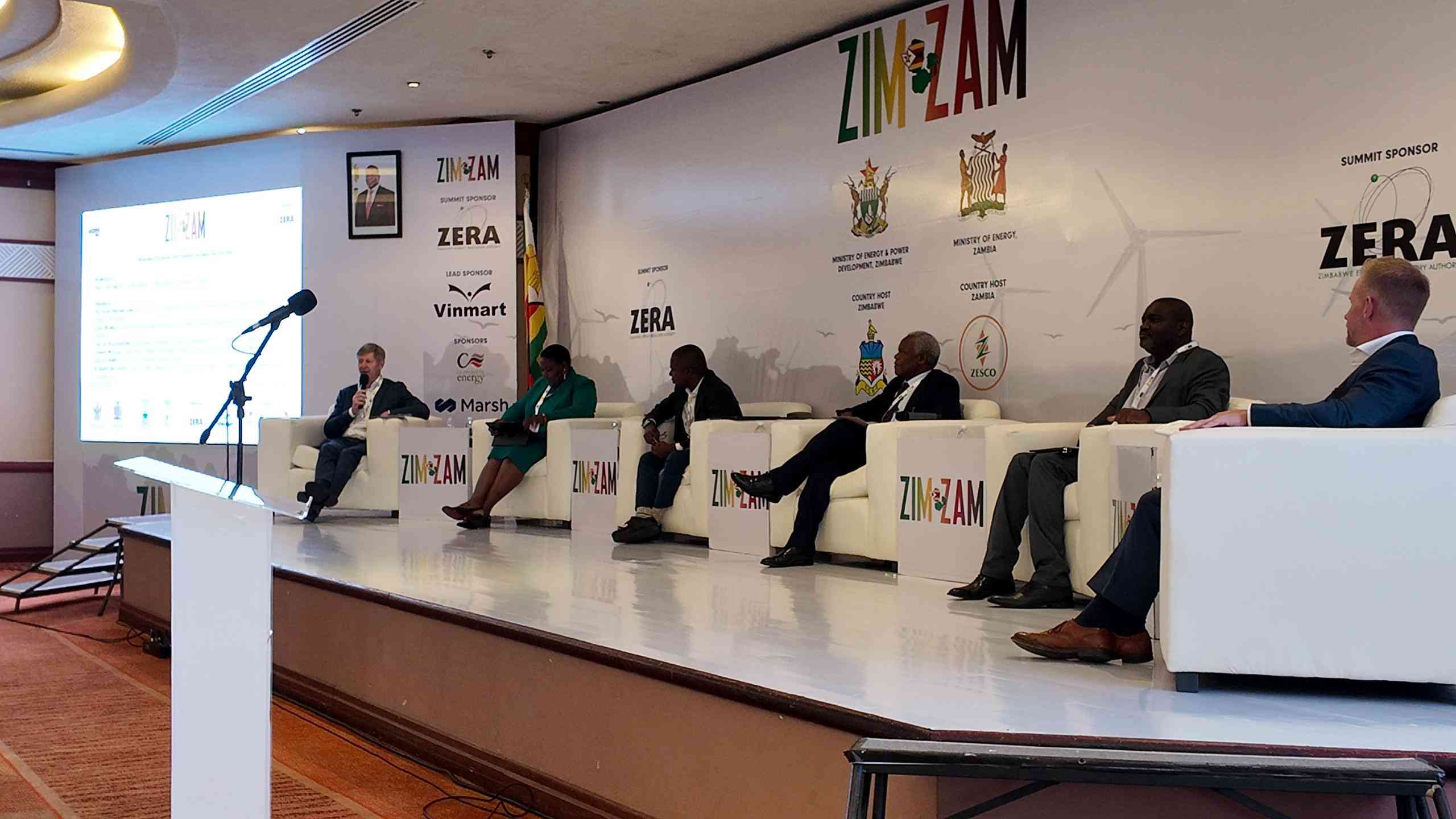
ZIMBABWE and Zambia are turning to blended finance to electrify rural areas, with industry leaders emphasising the need for private sector involvement to address energy challenges and achieve universal access by 2030.
Blended finance combines official development assistance with other private or public resources, in order to 'leverage' additional funds from other actors.
With the Sadc region having a less than 50% energy access rate, experts say it is imperative that the government and investors consider both central and decentralised energy solutions.
Blended finance is touted as one of those solutions.
"We need to pursue blended finance in the rural areas," Felister Makumbinde, acting chief executive officer at the Zimbabwe Rural Electrification Agency (REA), said in a panel discussion focusing on blended finance and energy access solutions at the ongoing Zimbabwe-Zambia Energy Projects Summit in Victoria Falls on Monday.
"The resources are scarce, government alone will not be able to electrify all the rural areas hence the need for blended financing.
"We need the private sector. When we have mini-grids that are economically viable, blended finance is required so that in such areas you just start with a mini-grid, you electrify everyone, you provide energy to everyone, and that is it."
She said blended finance makes electricity affordable.
- Steward Bank operating profit up 73%
- Mudariki delights in historic Sables win
- Hebrew scriptures: Singing sensation’s Jewish heritage
- Festival amplifies new voices
Keep Reading
"That is the model that Zimbabwe is advocating for in all the areas where mini-grids and microgrids are to be developed, so that the economy is empowered, lifted from poverty, thereby improving the livelihoods towards a middle income society by 2030," she said.
Joseph Mutale, Zambia Renewable Energy Association chairman, who was also on the panel, said the amount of funds that they need now until 2030 is US$11 billion.
"These are huge numbers, which includes both on grid and off grid. For us to achieve universal access by 2030, we need over US$3 billion," he said.
He said the bankability of projects is a challenge, adding that a procurement framework is needed to ensure a transparent and well-structured process.
The panel, moderated by Paul van Aalst, team leader for GET Invest Finance Catalyst, included Alex Mbumba, who is director for engineering services at Rural Electrification Authority (REA) of Zambia; Collin Gumbu the Policy and Advocacy Lead at GOGLA; and Richard Harrison, the Lead, Zambia Mini-Grid Initiative, Power and Climate Team, Rockefeller Foundation.
The summit is running under the theme: Powering Zimbabwe and Zambia’s Sustainable Energy Future: Unlocking Opportunities in Renewables, Grid Modernisation and Energy Access.
It ends on Thursday.










